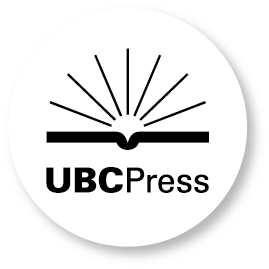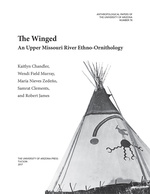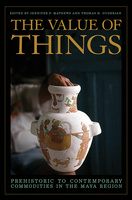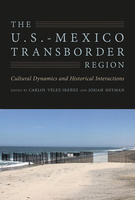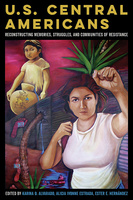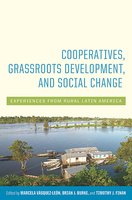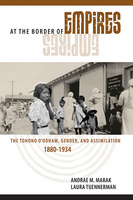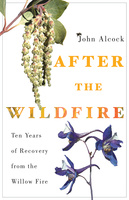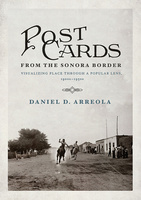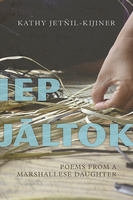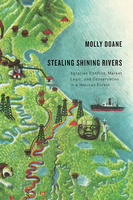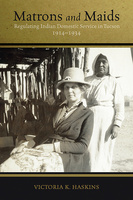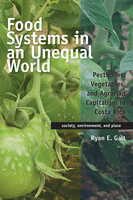The University of Arizona Press is the premier publisher of academic, regional, and literary works in the state of Arizona. They disseminate ideas and knowledge of lasting value that enrich understanding, inspire curiosity, and enlighten readers. They advance the University of Arizona’s mission by connecting scholarship and creative expression to readers worldwide.
The Winged
An Upper Missouri River Ethno-ornithology
The Value of Things
Prehistoric to Contemporary Commodities in the Maya Region
The Value of Things examines the social and ritual value of commodities in Mesoamerica, providing a new and dynamic temporal view of the roles of trade of commodities and elite goods from the prehistoric Maya to the present. Well-known scholars examine the value of specific commodities in a broad time frame—from prehistoric, colonial, and historic times to the present.
The U.S.-Mexico Transborder Region
Cultural Dynamics and Historical Interactions
Not a static entity, the transborder region is peopled by ever-changing groups who face the challenges of social inequality: political enforcement of privilege, economic subordination of indigenous communities, and organized resistance to domination. Editors Carlos G. Vélez-Ibáñez and Josiah Heyman envision this region as involving diverse and unequal social groups in dynamic motion over thousands of years. Thus the historical interaction of the U.S.-Mexico border, however massively unequal and powerful, is only the most recent manifestation of this longer history and common ecology.
Navajo Sovereignty
Understandings and Visions of the Diné People
A companion to Diné Perspectives: Revitalizing and Reclaiming Navajo Thought, each chapter of Navajo Sovereignty offers the contributors’ individual perspectives. This book discusses Western law’s view of Diné sovereignty, research, activism, creativity, and community, and Navajo sovereignty in traditional education. Above all, Lloyd L. Lee and the contributing scholars and community members call for the rethinking of Navajo sovereignty in a way more rooted in Navajo beliefs, culture, and values.
Foreign Objects
Rethinking Indigenous Consumption in American Archaeology
U.S. Central Americans
Reconstructing Memories, Struggles, and Communities of Resistance
U.S. Central Americans explores the shared yet distinctive experiences, histories, and cultures of 1.5-and second-generation Central Americans in the United States. While much has been written about U.S. and Central American military, economic, and political relations, this is the first book to articulate the rich and dynamic cultures, stories, and historical memories of Central American communities in the United States. Contributors to this anthology—often writing from their own experiences as members of this community—articulate U.S. Central Americans’ unique identities as they also explore the contradictions found within this multivocal group.
Cooperatives, Grassroots Development, and Social Change
Experiences from Rural Latin America
At the Border of Empires
The Tohono O'odham, Gender, and Assimilation, 1880-1934
After the Wildfire
Ten Years of Recovery from the Willow Fire
Postcards from the Sonora Border
Visualizing Place Through a Popular Lens, 1900s–1950s
Between 1900 and the late 1950s, Mexican border towns came of age both as centers of commerce and as tourist destinations. Postcards from the Sonora Border reveals how images—in this case the iconic postcard—shape the way we experience and think about place. Making use of his personal collection of historic images, Daniel D. Arreola captures the evolution of Sonoran border towns, creating a sense of visual “time travel” for the reader. Supported by maps and visual imagery, the author shares the geographical and historical story of five unique border towns—Agua Prieta, Naco, Nogales, Sonoyta, and San Luis Río Colorado.
